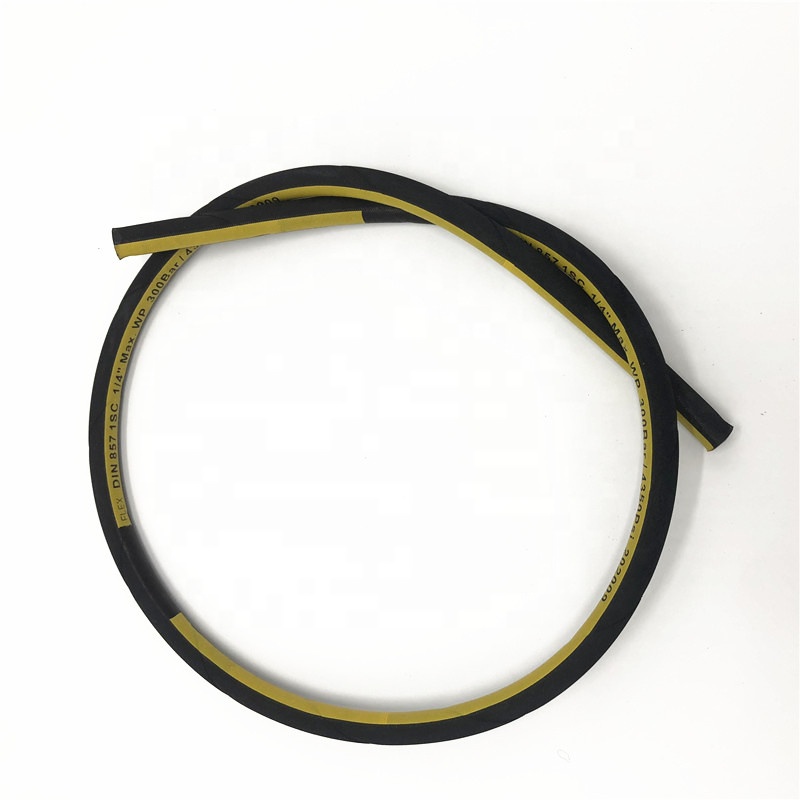335345435
Nov . 26, 2024 08:25 Back to list
Exploring Various Types of Hydraulic Fittings for Different Applications and Needs
All Types of Hydraulic Fittings A Comprehensive Guide
Hydraulic systems are integral to a wide range of industries, from construction to manufacturing. These systems rely on hydraulic fluid to transmit power and perform various tasks. A crucial component of any hydraulic system is the fittings that connect hoses, pipes, and tubes, ensuring a leak-proof and secure system. This article will explore the various types of hydraulic fittings, their uses, and how to choose the right fitting for your application.
Understanding Hydraulic Fittings
Hydraulic fittings are used to connect hoses and pipes in hydraulic systems. They come in numerous shapes, sizes, and materials, allowing them to accommodate different pressures and fluid types. The primary function of these fittings is to create a leak-free joint between two or more components in the hydraulic circuit.
Types of Hydraulic Fittings
1. JIC (Joint Industry Council) Fittings These fittings are designed with a 37-degree flare and are widely used in the United States. JIC fittings provide excellent sealing capabilities and are commonly used in high-pressure applications.
2. NPT (National Pipe Thread) Fittings NPT fittings use a tapered thread design to create a tight seal. These fittings are widely used due to their simplicity and effectiveness, making them ideal for lower-pressure applications.
3. BSP (British Standard Pipe) Fittings Similar to NPT fittings, BSP fittings are used predominantly in Europe and are recognized for their parallel threads. They come in both tapered and straight varieties, providing flexibility for various hydraulic systems.
4. ORFS (O-ring Face Seal) Fittings ORFS fittings utilize an O-ring to create a seal between two surfaces. They are pressure-rated for high performance and are particularly useful in dynamic applications where movement is involved.
5. SAE (Society of Automotive Engineers) Fittings These fittings come with a variety of specifications and are often used in automotive and industrial hydraulic systems. SAE fittings can be either threaded or flared and offer a range of sizes.
6. Push-to-Connect Fittings These fittings are designed for quick and efficient connections. Push-to-connect fittings allow hoses to be attached without the need for tools, making them a popular choice in various applications, including pneumatic systems.
all types of hydraulic fittings

7. Camlock Fittings Camlock fittings offer a quick-connect mechanism used for transferring liquids, gases, and other materials. These fittings are excellent for applications where frequent connection and disconnection are necessary.
8. Flanged Fittings Flanged fittings provide a robust connection between piping systems. They consist of two flanges (flat rims) bolted together, ensuring a secure seal even under high pressure.
Choosing the Right Fitting
When selecting hydraulic fittings, it is essential to consider several factors
- Pressure Rating Ensure that the fitting can handle the system’s maximum pressure. Each fitting type has a specific pressure limit, and using a fitting rated for lower pressure can lead to catastrophic failure.
- Material Compatibility The material of the fitting should be compatible with the hydraulic fluid used in the system. Common materials include steel, stainless steel, aluminum, and plastic, each offering different benefits in terms of corrosion resistance and durability.
- Size Compatibility It's crucial to match the fitting size with the hoses or pipes being used. Incorrect sizing can lead to leaks or failures in the system.
- Application Type Consider the specific application environment, including exposure to temperature extremes, vibration, or contamination. Certain fittings are better suited for high-temperature or high-vibration environments.
Conclusion
Hydraulic fittings play a vital role in the efficiency and reliability of hydraulic systems. By understanding the various types available and the factors to consider when selecting them, you can ensure that your hydraulic system operates smoothly and effectively. Whether you are in the automotive, construction, or manufacturing industry, choosing the right hydraulic fitting is essential for maintaining the integrity and performance of your hydraulic systems.
-
Discount Hydraulic Hose Factories | Top Quality & Discounts
NewsJul.20,2025
-
EN856 4SP Hydraulic Hose - High Pressure & Durable
NewsJul.20,2025
-
SAE 100 R17 Black Smooth Cover Hydraulic Hose
NewsMar.07,2025
-
SAE 100 R17 Black Smooth Cover Hydraulic Hose
NewsMar.07,2025
-
SAE 100 R17 Black Smooth Cover Hydraulic Hose
NewsMar.07,2025
-
SAE 100 R17 Black Smooth Cover Hydraulic Hose
NewsMar.07,2025



